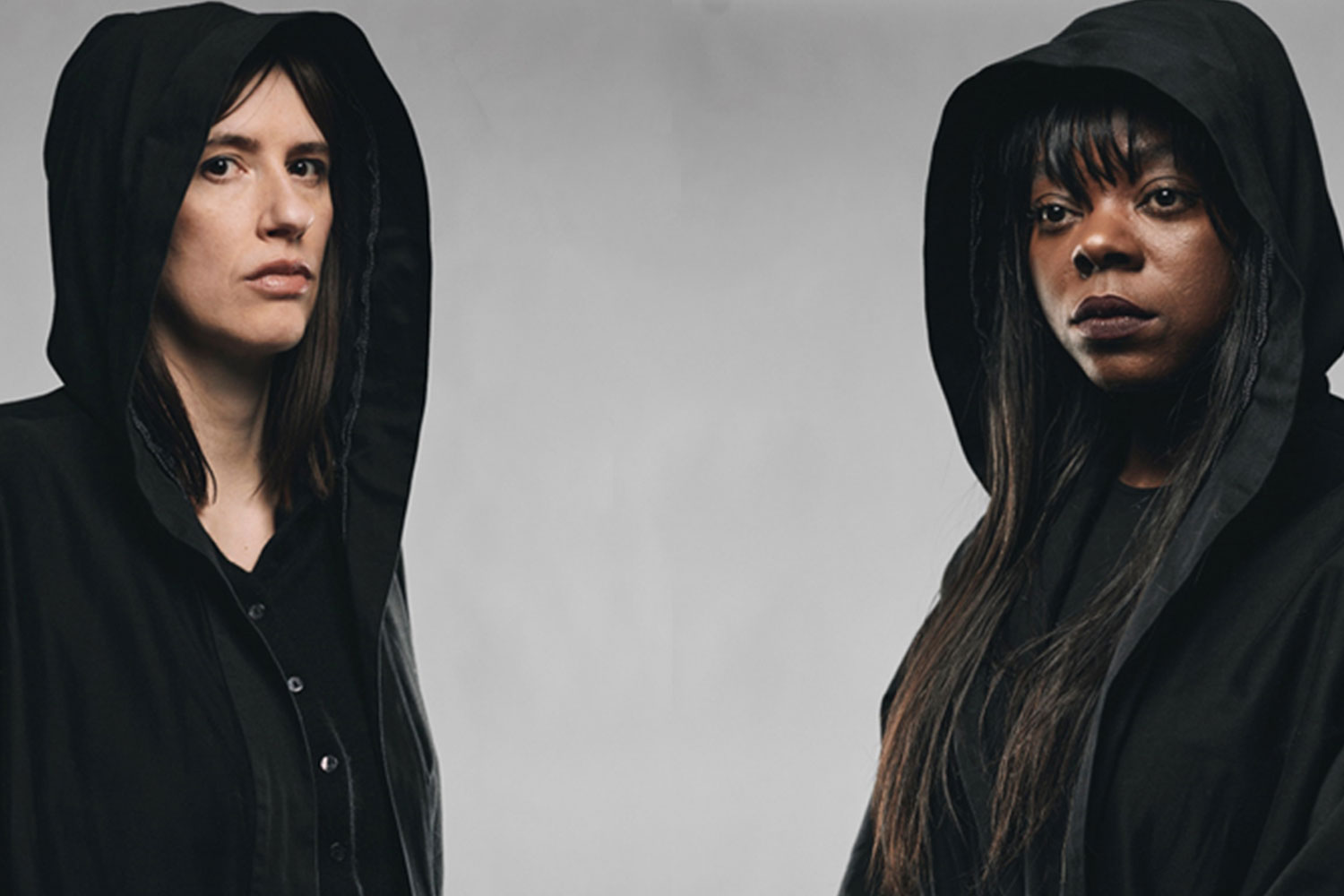The Fairy Queen
‘O Showes! Showes! Mighty Showes!
The Eloquence of Masques! What need of prose
Or Verse, or Sense…’
Ben Jonson’s ironic lines sum up this gloriously absurd yet moving production of Purcell’s ‘semi-opera,’ revived from the 2009 ‘entertainment’ with even more emphasis on ‘exotick’ theatrical shocks and surprises such as the Sun God’s descent, the perma-tanned Adam and Eve beside the Tree of Knowledge which Eve uses as a dance pole after she eats the apple, and of course that warren of bonking bunnies. When the work was first performed in 1692 it almost bankrupted the Dorset Garden Theatre, but it’s safe to assume that Jonathan Kent’s staging, which so wonderfully fuses baroque splendour and elegance with the most delectable whimsy, will have no such effect on Glyndebourne.
Paul Brown’s beautiful design is based around a 17th century gentleman’s residence, its glass cabinets used not only to store the souvenirs from his Grand Tour but to provide a bridge between the physical and imaginative worlds. The production makes brilliant use of devices such as the cavernous trapdoor, the revolve and the painted moving backdrop, and constantly engages the eye with ravishing stage pictures, from Titania’s cocoon – wrapped ‘sleep’ to the dapple-grey horse which you half-expect to break into a trot.
All this display would be mere window-dressing without a musical and dramatic performance to equal it, and here Laurence Cummings and the Orchestra of the Age of the Enlightenment, together with a genuine ensemble of singers and actors, present Purcell’s music and Shakespeare’s words as though they spent every waking hour either frolicking in a haystack or descending from on high. Some of the cast are familiar, most notably Carolyn Sampson’s sweet-toned Soprano, whose ‘Plaint’ is even more heart-rending than last time around, and Robert Burt’s Mopsa / Flute, who has us in stitches with his merry cavorting and flirtatious singing – and that was before the interval and its customary lubrication. Claire Debono’s light soprano has grown in confidence since 2009, and David Soar’s Hymen and Corydon bodes well for his forthcoming Met debut. Newcomers to the cast include the very promising young tenors Samuel Boden and Peter Gijsbertsen and the sweet-toned soprano Joélle Harvey, whose Juno certainly makes her mark.
The actors who share the stage are mostly seasoned Shakespearians, led by the consciously ‘actressy’ Titania of the wonderful Penny Downie and the grumpily loveable Bottom of Christopher Benjamin, who of course garners the most laughs alongside Robert Burt’s hilarious Flute/Thisbe. Kim Brandstrup’s choreography gives the ‘unkindness’ of raven-like, black-winged fairies challenging and evocative movements, by turns athletic and lyrical.
Laurence Cummings’ energy seems to know no bounds; fresh from conducting Judas Maccabeus at the proms the previous night, here he coaxes an almost frenetic performance from the orchestra, attentive to every detail and accompanying the singers with his customary sensitive support. He even manages to get some of the audience to sing along, karaoke-style, with the repeat of the final chorus; now that’s not something you witness often in the opera house, but don’t worry, you won’t be compelled to participate.
If you can’t get to Glyndebourne to enjoy it, The Fairy Queen is streamed online at both the opera house’s own website and that of the Guardian, remaining available on demand for two weeks. If you’d like to go but are daunted by the ticket prices, don’t forget that restricted view seats in this house are far from the miserably sited benches you find elsewhere. This production is two and a half hours of sheer exuberance, from the pearly light of dawn which glows over the opening moments to the riot of colour which crams the stage at the close – baroque fantasy meets earthy reality. Enjoy.
www.glyndebourne.com
-Melanie Eskenazi










